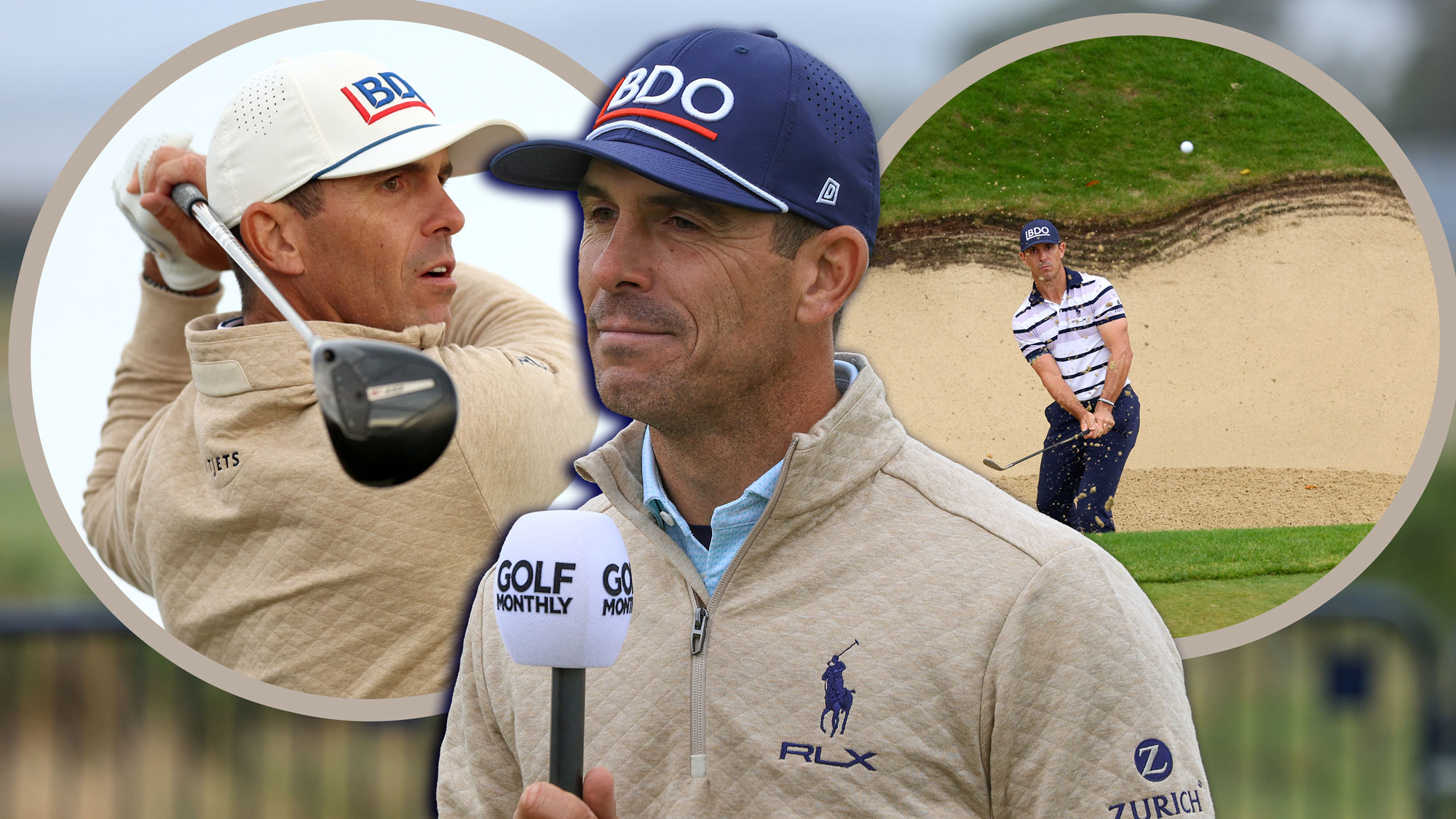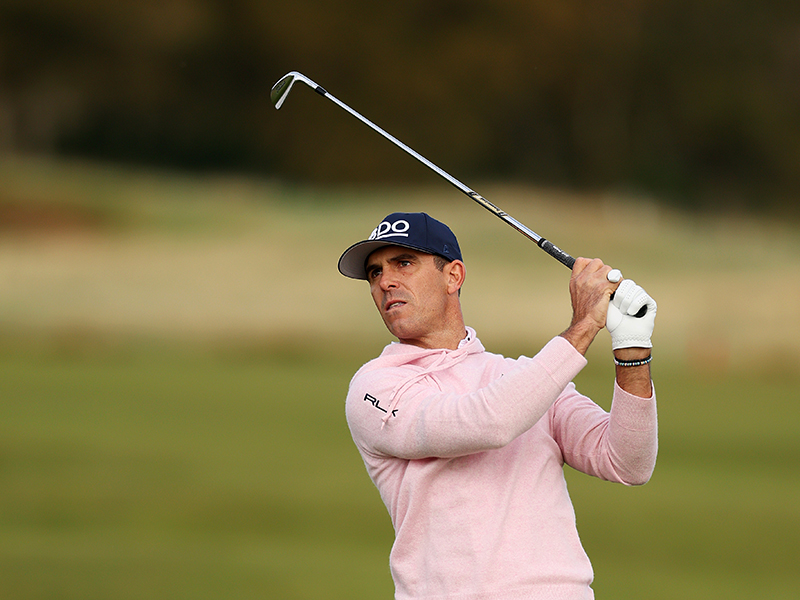Billy Horschel Tips: How To Build A Practice Routine That Leads To Better Golf
Billy Horschel shares details about his own practice routine and offers expert advice on how to maximise your potential when spending time at the driving range

Baz Plummer

We all want to be able to swing the golf club like a professional, and many would jump at the chance to follow the example set by two-time BMW PGA Championship winner Billy Horschel - so how does he do it?
The level of consistency that the top professionals show is no fluke, and is down to hours and hours of practice – but crucially, practicing correctly.
In this article, Billy Horschel talks about his routine and answers a few questions to give you a better idea of how to practice the next time you head to the driving range...
Billy Horschel: How To Practice Like A Professional

Billy Horschel is one of the top golfers on the men's professional tours, currently ranking inside the top-20 in the world after recently winning the BMW PGA Championship for a second time. Horschel has also won the Tour Championship, and finished runner-up in the Open Championship.
1. Best Practice Tip
A lot of amateurs that I play with in pro-ams can hit the ball half-decent. They can get the ball up to the greens, but then waste shots by not getting it up and down. They'll hit five or six greens per round, but then end up 3-putting those greens. Working from 50 to 30 yards and in, being able to chip the golf ball to within 10 feet instead of 20 feet, while also working on your short and long-range putting will give you a better chance of lowering your handicap.
2. Typical Practice Session
They’re different now. I adjust what I need to work on based on how I’ve played the week before on the road. I’d say that if the average amateur were going to spend three hours practising, which is way above what the average amateur spends, I would suggest probably 90 minutes working on chipping, bunker play and putting, and then another 90 minutes just hitting balls.
I would break that down to 45 minutes to maybe an hour working on technique and alignment and the next 45 minutes trying to hit golf shots. Imagine a pin and a bunker and try to start the ball at a starting spot so you can get it to work to the pin. Then, when you get on the course, you’ll understand your boundaries and where the ball needs to start to end up on target.

Visualising a course or target when practicing can help you to prepare and be focused for the real thing...
3. Swing Thoughts
I always have swing thoughts! I base it on what I’m trying to feel that week or that round. Maybe a swing thought I have for a couple of weeks isn’t working and I’m hitting balls in the morning trying a couple of other ones I’ve had in the past to make it work. I don’t believe in not having one, but it’s not so much a thought as a feel. So I like to say it’s not a swing thought, it’s a swing feel!
Subscribe to the Golf Monthly newsletter to stay up to date with all the latest tour news, equipment news, reviews, head-to-heads and buyer’s guides from our team of experienced experts.
4. What Is The Last Club You Hit Before Playing A Round?
A pitching wedge. I hit driver and then after I am finished I hit two 7-irons and two pitching wedges.
What about after a round? Do you hit any golf balls?
Always! It’s very rare that I just leave the course. It’s sort of my time to calm down and relax. It doesn’t matter whether I’ve shot 62 or 75, it’s my cool-down moment to go back and get into a good rhythm. Sometimes it’s only 15 or 20 balls; other times it’s 100 golf balls, but hopefully it’s not 100 too many times.

The last club Billy Horschel hits before heading to the course is a wedge...
What Should I Do If I Only Have 30 Minutes To Practice At The Driving Range?
Golf Monthly Top 50 Coach Rick Shiels says:
If you only have 30 minutes for your driving range session, break it down into three smaller chunks. The first 10 minutes should be spent on the basic and technique, focusing on things like alignment and ball position.
The second 10 minute chunk should be spent on skills challenges. This can consist of finding 'fairways' or designated areas with your longer clubs or using 10 balls to try to gradually increase the distance of your wedge shots from 25 to 100 yards.
The third and final section should be dedicated to pressure practice. Add some pressure by competing against a friend in a longest drive or nearest the pin challenge, or play against yourself by keeping score and trying to beat your totals next time you visit.

Michael has been with Golf Monthly since 2008. A multimedia journalist, he has also worked for The Football Association, where he created content to support the England football team, The FA Cup, London 2012, and FA Women's Super League. As content editor at Foremost Golf, Michael worked closely with golf's biggest equipment manufacturers and has developed an in-depth knowledge of this side of the industry. He's a regular contributor, covering instruction, equipment, travel and feature content. Michael has interviewed many of the game's biggest stars, including seven World No.1s, and has attended and reported on numerous Major Championships and Ryder Cups around the world. He's a member of Formby Golf Club in Merseyside, UK.
- Baz PlummerStaff Writer